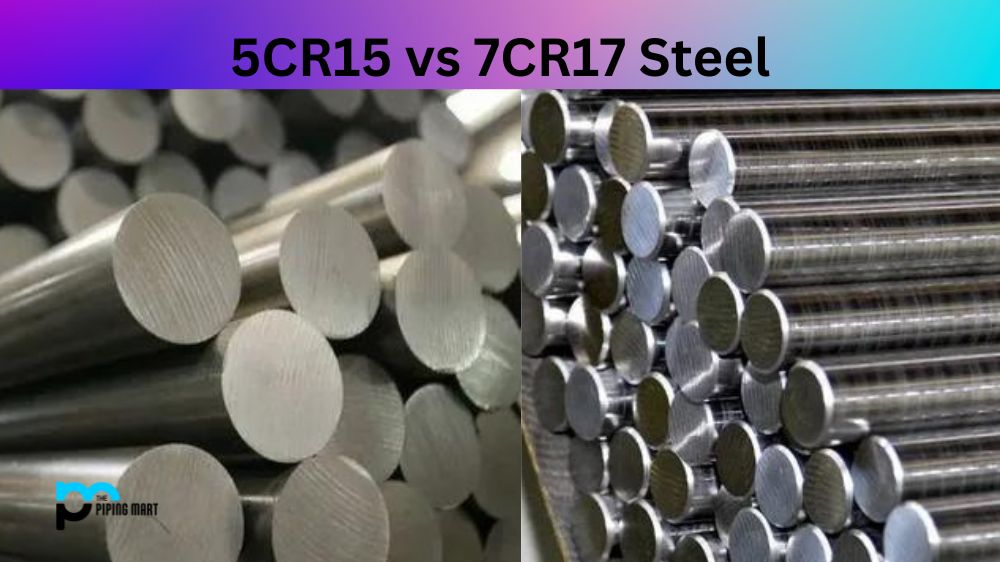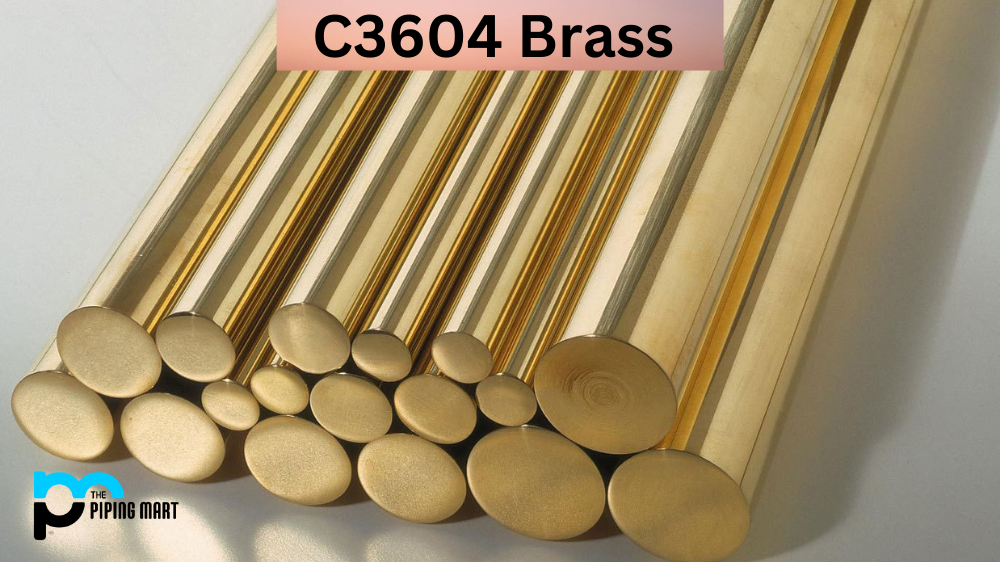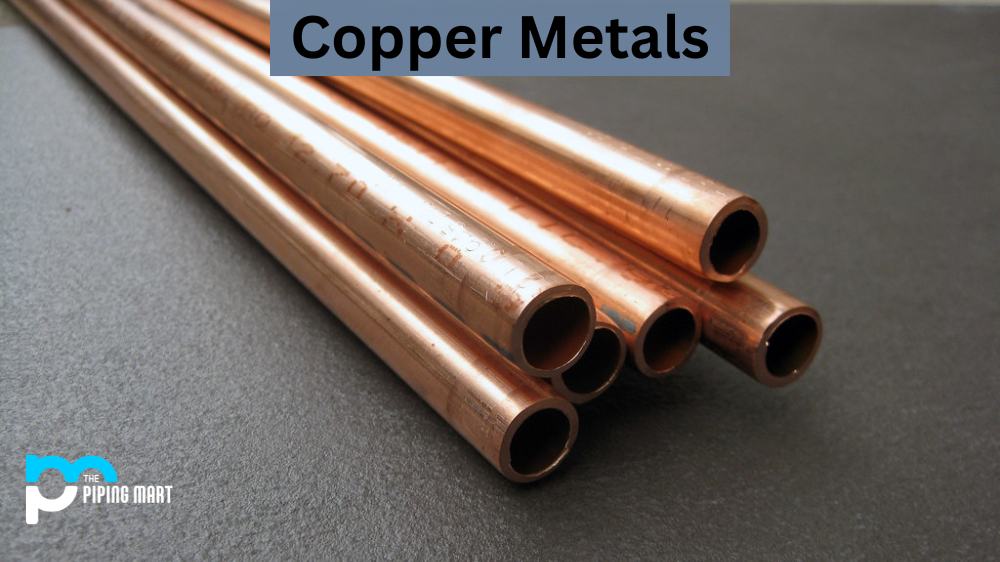If you’re a mechanical engineer or metalworker, you know that different types of steel are available in your projects. Two common types of steel are mild steel and high-tensile steel. Both are incredibly useful, but we will discuss some key differences here. Let’s dive into the details!
Mild Steel
Mild steel is also called low-carbon steel, meaning it contains a relatively low amount of carbon (less than 0.25%) compared to other types of steel. It is known for its ductility, malleability, and strength at low temperatures. Mild steel has excellent weldability properties and can be easily cut, drilled, bent or formed into many shapes and sizes. It has a low cost-per-pound ratio because it is not as strong as high-tensile steel — making it a great choice for many industries, such as automotive and construction, where the parts don’t need to withstand high-stress levels.
Properties of Mild Steel
Mild steel has a number of properties that make it ideal for a wide range of applications:
- It is easy to weld, cut, form, and machine
- It is relatively inexpensive
- It has good ductility (it can be stretched without breaking)
- It has good impact resistance (it can withstand impacts without being damaged)
High Tensile Steel
High tensile (also referred to as “high strength”) steel is an alloy made from iron and carbon with a higher carbon content than mild steel (between 0.3% – 1%). This makes it much stronger than mild steel but also more expensive because it requires additional processing steps during production. High tensile steel can withstand higher stress levels without breaking or deforming due to its higher strength-to-weight ratio—making it ideal for applications such as bridges and large structures that need to support heavy loads over long distances without buckling under pressure. Additionally, this type of steel can be used in aerospace parts because its increased strength helps reduce weight while still providing structural integrity.
Properties of High Tensile Steel
High tensile steel also has a number of properties that make it suitable for a variety of applications:
- It is much stronger and harder than mild steel
- It has excellent wear resistance (it resists abrasion and corrosion)
- It has good ductility (it can be stretched without breaking)
- It has good impact resistance (it can withstand impacts without being damaged)
Mild Steel vs High Tensile Steel
When it comes to choosing the right type of steel for your application, the debate between mild steel and high tensile steel can be difficult. Mild steel is known for its cost effectiveness, relatively easy machinability, and good formability. Conversely, high tensile steel offers a much more superior strength and resistance to wear and tear compared to mild steel. This being said, however, high tensile steel is much more expensive than mild steel which needs to be factored into consideration when making a decision on the best steel for an application or product. Ultimately, each type of steel has its own advantages and disadvantages which must be weighed against each other in order to make an informed decision based upon individual requirements.
Conclusion
While both mild steel and high tensile steel have their advantages, they each work best in different scenarios depending on the requirements of your project or application. If you need something that is affordable yet still capable of handling light loads without deforming, then mild steel may be the right choice for you. On the other hand, if your project needs something that can handle heavy loads over long distances without breaking or deforming, then high-tensile steel could be a better option due to its increased strength-to-weight ratio and ability to resist heavier loads without buckling under pressure. No matter which type you choose for your project, understanding the differences between these two materials will help ensure that you get exactly what you need for any job!

Pipingmart is B2B portal specializes in industrial, metal and piping products. Also, share latest information and news related to products, materials and different types grades to help business dealing in this industry.




